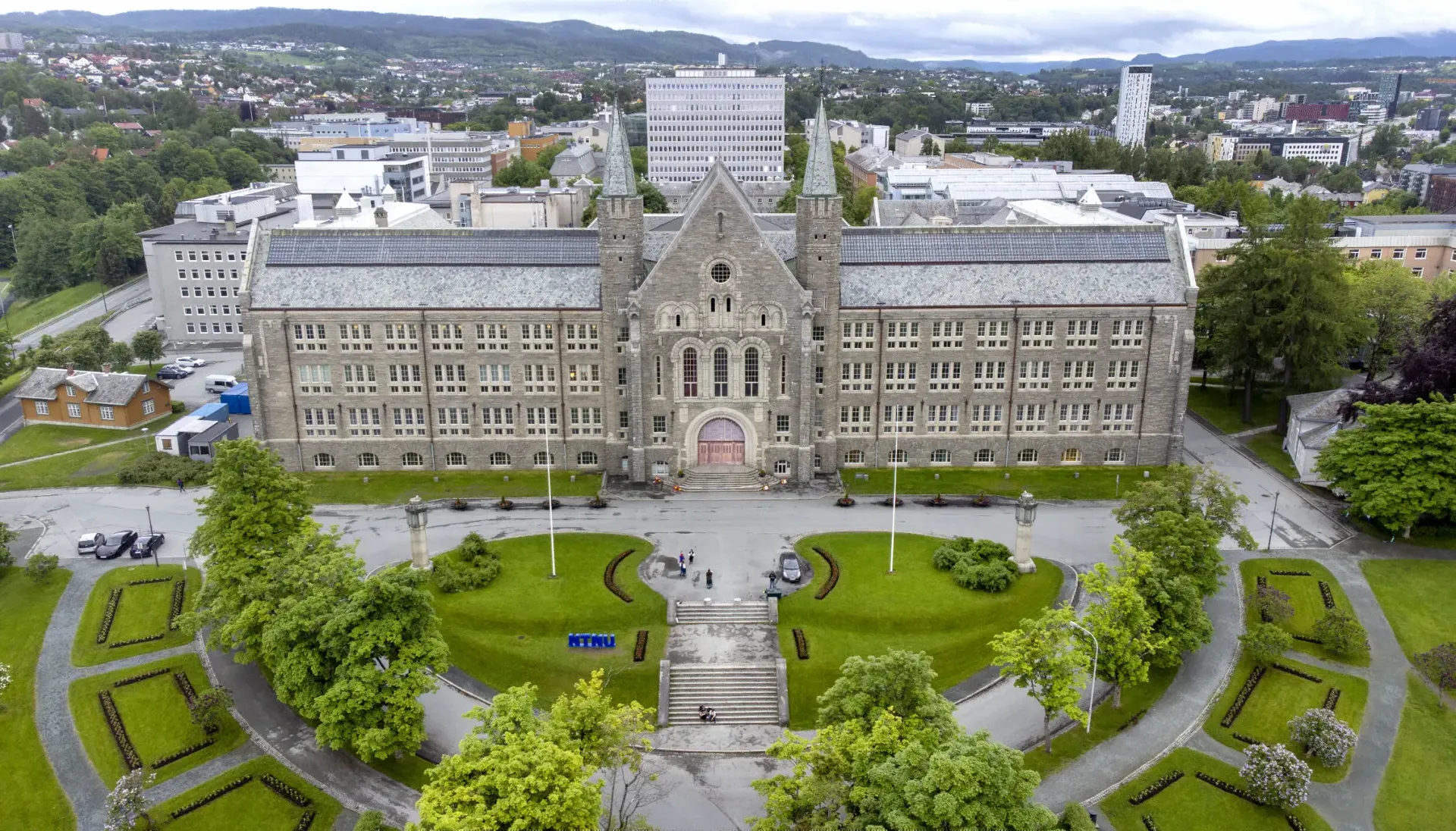Today’s societal challenges cannot be solved within a single discipline. In a world by rapid change and complex global issues, students need more than subject-specific knowledge – they need the competence to navigate and contribute meaningfully. The MNT Conference spanned two content-rich days, featuring a packed program of inspiring keynotes, workshops, and engaging talks – all centered on how to design education with a strong focus on competence.
Interdisciplinary collaboration will shape the future of education: Lessons from Chalmers Tracks
Mikael Enelund from Chalmers University of Technology opened the program with a keynote titled "Redefining education by fostering interdisciplinary skills and dynamic collaboration among students, faculty and external partners." His presentation focused primarily on Chalmers Tracks – an initiative designed to facilitate interdisciplinary collaboration between students, industry, society, and academia to address current societal challenges. These collaborations span a wide range of topics, from issues in the healthcare and transportation sectors to ethical questions related to artificial intelligence.

Chalmers presented several key conditions for developing interdisciplinary education.
With a long-standing tradition of innovation through the CDIO framework, close collaboration with industry and the public sector, and a foundation that actively invests in the institution’s development, many favorable factors are in place. In addition, Chalmers benefits from established systems for quality assurance and educational leadership, as well as a growing awareness that both research and societal challenges demand interdisciplinary collaboration.
At the same time, several barriers were highlighted that make it difficult to fully realize these ambitions. The traditional organization into discipline-based departments and a program structure that offers limited flexibility make it challenging for students to take courses across disciplines. There are also examples of reluctance to allow electives outside of a student’s own program. Furthermore, implementing new educational initiatives often takes time, and both students and staff may lack experience with interdisciplinary work.
Interdisciplinary and sustainability competence: How can we promote integration in project-based learning?
Anja R?yne from KURT/INTED gave a presentation on teaching for interdisciplinary competence, which she described through three key components: a strong foundation in one’s own discipline, respect and openness toward other fields, and the ability to collaborate and solve problems together. She shared how collaboration and problem-solving have become a more central part of the project assignment in the course FYS1035 – Physics and Climate Change, and how changes have been made to ensure that student groups develop a workflow that enables true integration of perspectives.

Recognition and Reward of Teaching in Higher Education
On the second day, we heard a keynote from Ruth Graham titled "Rewarding and supporting university teaching in academic careers." For several years, Graham has worked to map how universities around the world recognize and reward teaching in higher education. In her presentation, she highlighted examples of institutions that have made significant progress in this area and pointed to various models and practices. At the same time, she identified some common challenges across institutions. One is the lack of clear and widely accepted definitions of progressive "levels" of teaching achievement that mark stages in an academic career. Another is the frequent mismatch between the types of evidence used to demonstrate and evaluate teaching contributions and what institutions actually aim to assess—particularly when considering candidates for promotion or new positions. Graham also highlighted Norway as an interesting case, where the recognition of teaching excellence is embedded in national policy.
The Importance of Aligning Societal Change with Higher Education Curricula
The final keynote was delivered by Suzanne Brink from Ume? University, titled "Curriculum Agility: Dealing with Continuous Change in STEM Curricula." In her presentation, Brink addressed how educational institutions can respond to the ongoing and rapid changes affecting STEM curricula. Curriculum agility, or flexibility in curriculum design, refers to the ability to respond effectively to evolving needs and characteristics of society, industry, and students by proactively and in a timely manner adapting the curriculum’s organizational structures, learning outcomes, learning activities, and assessment methods. Brink emphasized that education must become more flexible, adaptable, and future-oriented. Her model is built on four core principles: continuous professional development for all staff, dynamic and up-to-date course and program content, flexible use of teaching methods and didactics, and a responsive and change-ready organization and leadership. The overarching goal of these principles is to ensure that educational programs remain relevant and resilient in the face of rapid societal transformation and shifting demands from the labor market.
All contributions to conference her
?
